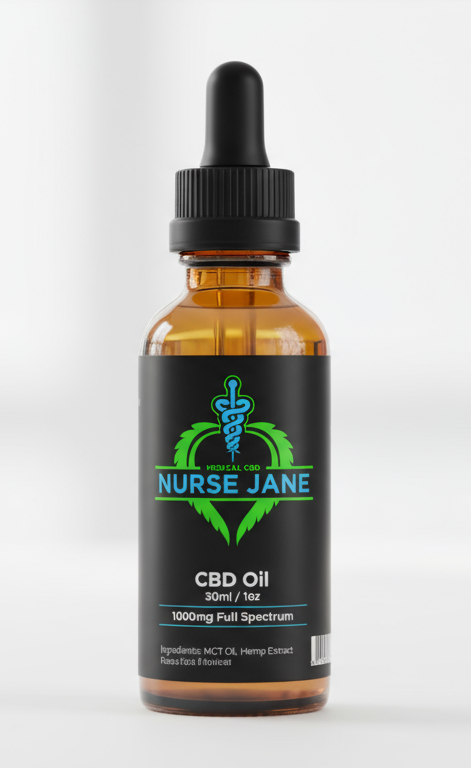1. Tinctures 101
Cannabis tinctures are liquid extracts made by soaking cannabis flowers or concentrates in alcohol or another solvent to draw out cannabinoids like THC and CBD, along with aromatic terpenes and other beneficial compounds. The result is a potent, shelf-stable liquid that can be taken sublingually (under the tongue), added to food or beverages, or incorporated into homemade products. Because tinctures are absorbed quickly through the mucous membranes when held under the tongue, they offer a faster onset compared to edibles, typically within 15–45 minutes. They also provide a smoke-free and discreet method of consumption, making them especially appealing to those seeking precise, controlled dosing or therapeutic use without inhalation.
Dosing cannabis tinctures depends on factors like cannabinoid concentration, individual tolerance, and desired effects. A common starting point is 1–2.5 milligrams of THC and 30 milligrams of CBD, which can be measured using the dropper that comes with most tincture bottles. For tinctures with both THC and CBD, the ratio of the two compounds can influence the experience: higher CBD content may moderate THC’s psychoactive effects and enhance therapeutic benefits such as pain relief or relaxation. Consistent use and careful observation help users determine the best dosage for their specific needs.
DEEP DIVE:
Cannabinoids in Tinctures and Their Purposes
Cannabis tinctures are concentrated liquid extracts that contain the plant’s active compounds, known as cannabinoids. These molecules interact with the body’s endocannabinoid system (ECS), a network of receptors that help regulate mood, pain, memory, appetite, and immune function. Each cannabinoid contributes unique effects and therapeutic benefits, and together they can create a synergistic phenomenon known as the entourage effect. While tetrahydrocannabinol (THC) and cannabidiol (CBD) are the most well-known cannabinoids, full-spectrum tinctures may include dozens of others—each playing a distinct role in the tincture’s overall profile and effects.
THC (Tetrahydrocannabinol) is the primary psychoactive compound in cannabis, responsible for the “high” associated with use. In tinctures, THC can provide pain relief, relaxation, and appetite stimulation, and may also aid in sleep or nausea reduction. CBD (Cannabidiol), by contrast, is non-psychoactive and is often used for anxiety, inflammation, seizure control, and overall wellness. It can counteract some of THC’s more intense effects, leading to a smoother and more balanced experience. CBG (Cannabigerol), known as the “mother cannabinoid,” is a precursor to both THC and CBD. It has shown promise for antibacterial, anti-inflammatory, and neuroprotective properties, and may help regulate mood and focus.
Other cannabinoids, though present in smaller amounts, contribute significantly to a tincture’s therapeutic range. CBN (Cannabinol) is mildly psychoactive and forms as THC ages; it is often used for sleep support and mild sedation. CBC (Cannabichromene) has anti-inflammatory and analgesic properties and may enhance the effects of other cannabinoids by increasing their bioavailability. THCV (Tetrahydrocannabivarin) and CBDV (Cannabidivarin) are lesser-known compounds currently being studied for their roles in metabolic regulation, appetite suppression, and potential seizure control. Together, these cannabinoids create a more complete and nuanced experience than any single compound alone.
In essence, tinctures serve as a customizable delivery system for a wide range of cannabinoids, allowing precise dosing and targeted therapeutic effects. Whether formulated as full-spectrum (containing all plant compounds), broad-spectrum (THC-free but with other cannabinoids), or isolate-based (containing only one cannabinoid), tinctures enable users to select the specific combination that best suits their health goals. Understanding the role of each cannabinoid empowers individuals to make informed decisions about dosing, ratios, and desired outcomes, maximizing both the medicinal and holistic potential of the cannabis plant.

